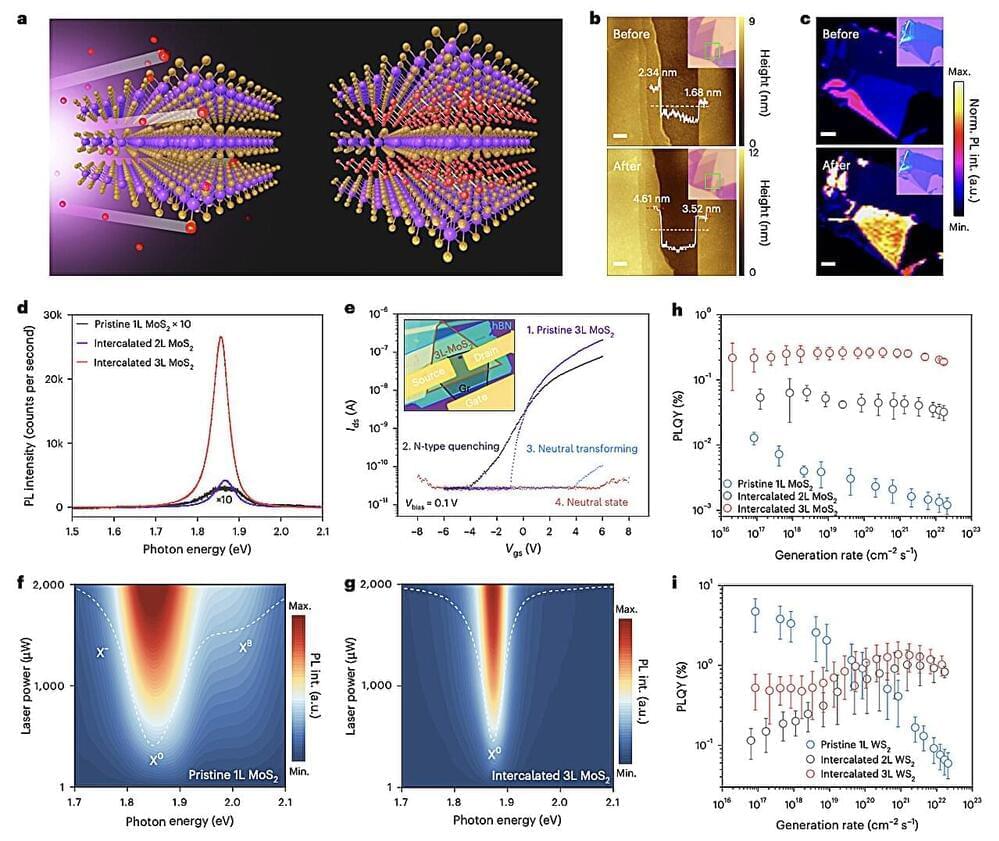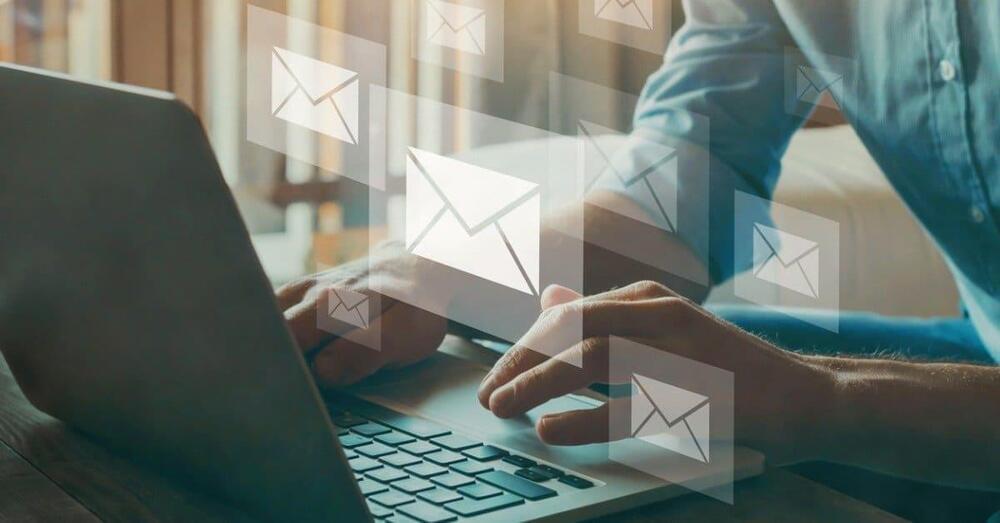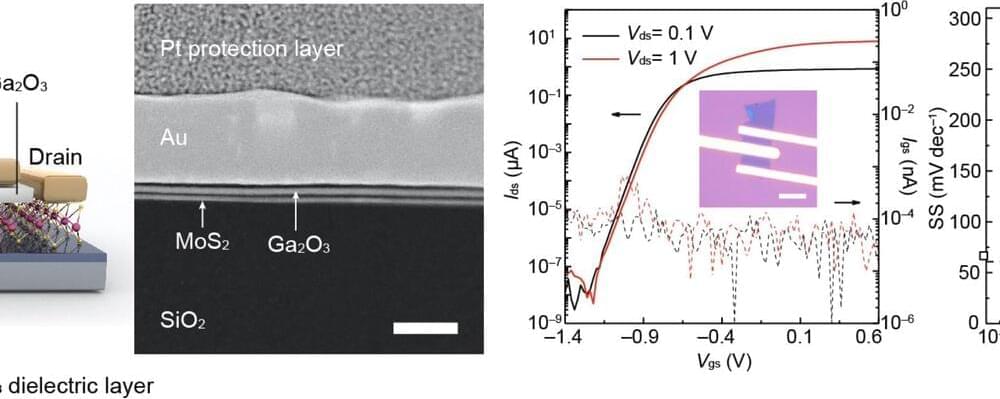Major findings on the inner workings of a brittle star’s ability to reversibly control the pliability of its tissues will help researchers solve the puzzle of mutable collagenous tissue (MCT) and potentially inspire new “smart” biomaterials for human health applications.
The work is directed by Denis Jacob Machado—assistant professor in Bioinformatics at The University of North Carolina at Charlotte Center for Computational Intelligence to Predict Health and Environmental Risks (CIPHER)—and Vladimir Mashanov, staff scientist at Wake Forest Institute for Regenerative Medicine.
In “Unveiling putative modulators of mutable collagenous tissue in the brittle star Ophiomastix wendtii: an RNA-Seq analysis,” published recently in BMC Genomics, the researchers describe using advanced transmission electron microscopy (TEM), RNA sequencing, and other bioinformatics methods to identify 16 potential MCT modulator genes. This research offers a breakthrough towards understanding precisely how echinoderms quickly and drastically transform their collagenous tissue. The first author of the paper, Reyhaneh Nouri, is a Ph.D. student in UNC Charlotte’s Department of Bioinformatics and Genomics.









